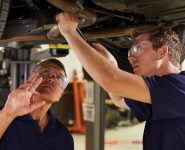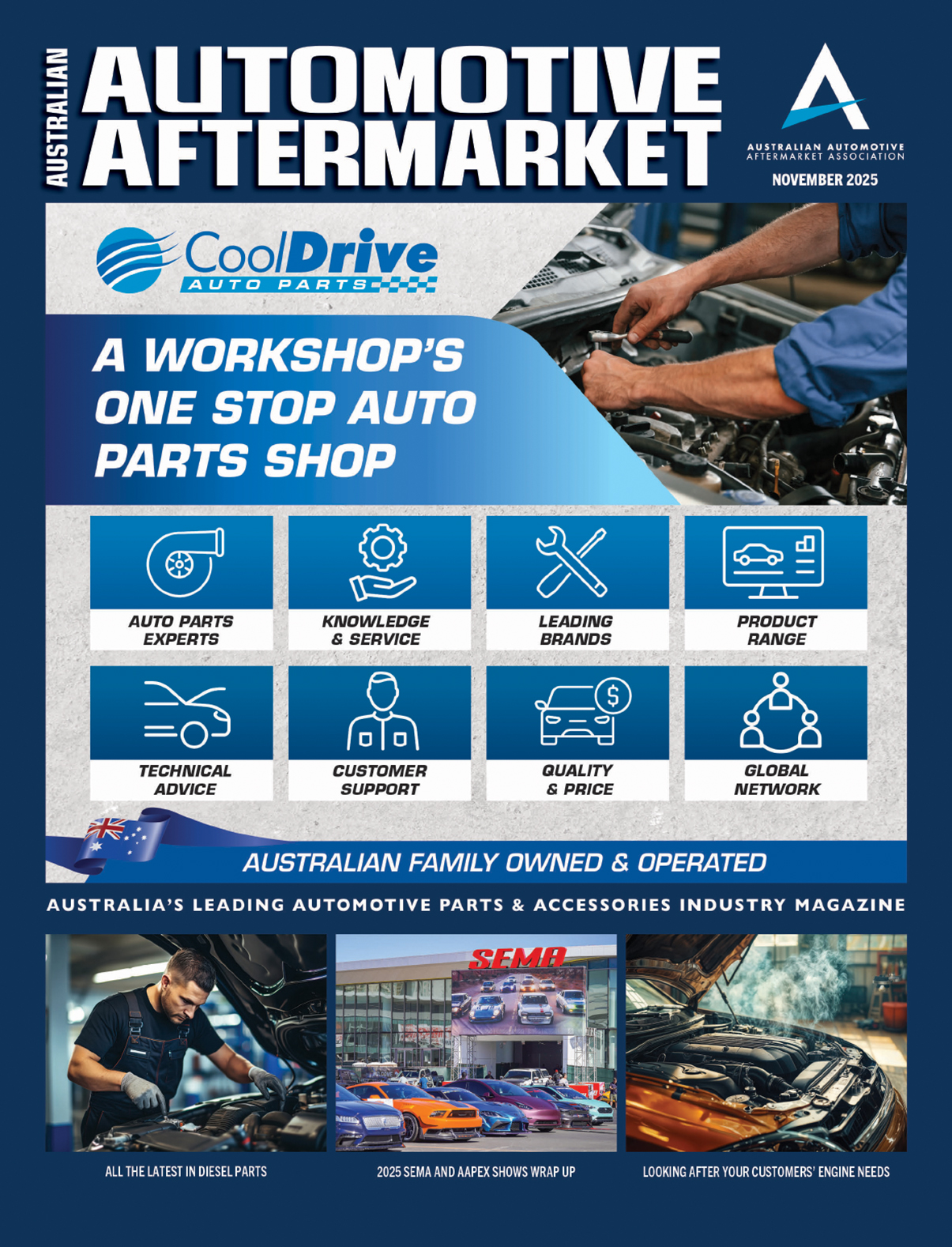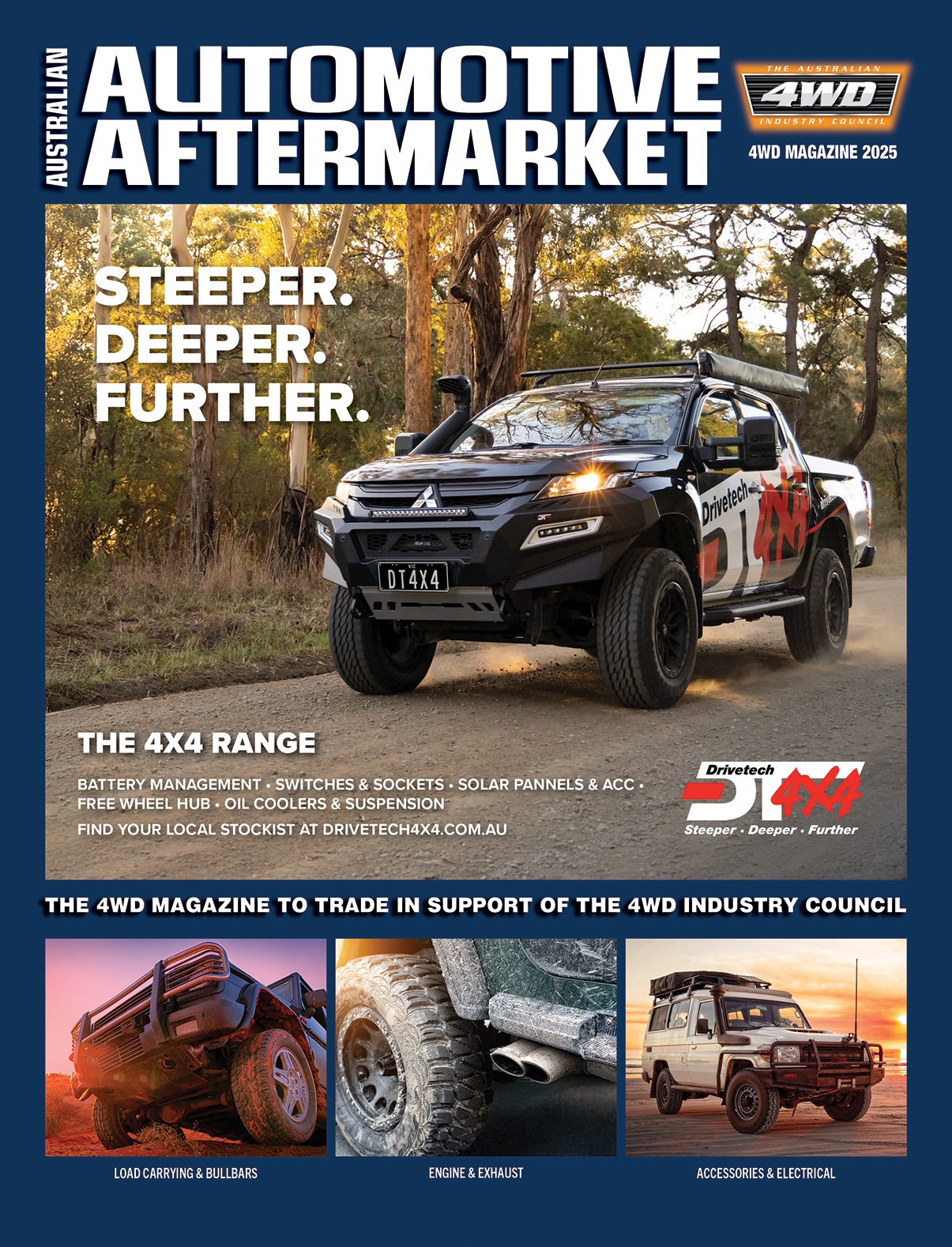RIGHT TO REPAIR: THE UNTAPPED PRODUCTIVITY LEVER IN AUSTRALIA’S ECONOMIC TOOLKIT
Australia has a productivity problem. Our national productivity growth has flatlined, wage growth is stagnating, and businesses – particularly small and medium enterprises – are being asked to do more with less.

In this climate, the search is on for practical, shovel-ready reforms that can help unlock productivity gains across the economy. One such lever is hiding in plain sight: Australia’s Motor Vehicle Service and Repair Information Sharing Scheme.
Right to Repair (R2R) is more than a consumer rights issue. It is a productivity reform with proven economic benefits. And now that the Federal Minister responsible for the scheme has been assigned the Productivity portfolio, the time has come to elevate R2R from niche policy to centre stage.
When the Motor Vehicle Information Scheme (MVIS) law was introduced in 2022, it was rightly lauded as world-leading, and one that we were very proud to champion on behalf of our industry. The law gave independent mechanics the legal right to access the same service and repair information as car dealerships – leveling the playing field and restoring choice to consumers. But its economic benefits are just as compelling.
According to independent research commissioned by the AAAA, since the introduction of the MVIS:
• 65 percent of independent repairers report improved productivity, with less time wasted searching for repair data and more vehicles serviced each day;
• 61 percent report increased revenue, and 55 percent report higher profitability—clear signs that better information access leads to better business performance;
• The number of vehicles turned away by independent workshops has dropped by 40 percent, enabling more work to be done locally.
These are not abstract gains. They represent real improvements in workshop efficiency, consumer access, and market competitiveness – exactly the kinds of changes that drive national productivity growth.
Yet these gains are only partial. The scheme, as it stands, is working well for larger workshops and brand specialists but is being undercut by structural barriers that continue to lock out smaller, multi-brand repairers. These include:
• The lack of a universal scan tool standard, forcing technicians to purchase or rent brand-specific diagnostic equipment that can cost up to $510 per day;
• The exclusion of telematics data, which is essential for diagnosing and calibrating modern vehicles, particularly those equipped with Advanced Driver Assistance Systems (ADAS);
• The failure to formally recognise data aggregators, used by 87 percent of independent workshops, as critical delivery channels for multi-brand repair information;
• The complexity and cost of navigating over 60 separate OEM portals, each with its own subscription model, access rules, and tooling requirements. These issues are more than inconvenient – they are productivity killers. In an industry where time is money, these inefficiencies reduce throughput, inflate costs, and create two classes of repairers: those with the capital to participate fully, and those locked out by design.
What’s worse is that these problems have simple, internationally tested solutions. In the United States, Massachusetts law mandates access to real-time telematics and prohibits the use of proprietary diagnostic tools to block independent repair. In Europe, Regulation 2018/858 requires all automakers to provide full diagnostic and repair data – including telematics – in standardised formats. These laws recognise what Australia must now act on: that productivity in the digital age depends on open access to information.
The AAAA has put forward a series of practical, cost-neutral reforms that would lift the scheme’s productivity dividend. These include:
• Mandating a universal pass-through diagnostic standard (SAE-J2534), enabling repairers to use non-proprietary tools;
• Requiring OEMs to license all relevant repair data to data aggregators, to ensure efficiency and affordability;
• Bringing telematics and dynamic ADAS calibration data within the scope of the scheme, reflecting how vehicles are repaired today.
Taken together, these reforms would not only expand consumer choice and reduce repair costs – they would unlock a wave of small business productivity across Australia. And with over 27,000 independent workshops servicing millions of vehicles each year, the multiplier effects would be significant.
If the government is serious about lifting productivity, Right to Repair must be seen for what it is: a targeted, proven and largely non-contentious reform that improves business efficiency, enhances market competition, and helps put downward pressure on the cost of living.
We now have a Minister responsible for both Productivity and Right to Repair, and the opportunity to lead on this reform has never been greater. The legislative foundations are in place. The scheme is working – but not yet for everyone. With minor changes, we can maximise its productivity potential and ensure that every Australian mechanic can get on with the job of keeping our economy moving.








